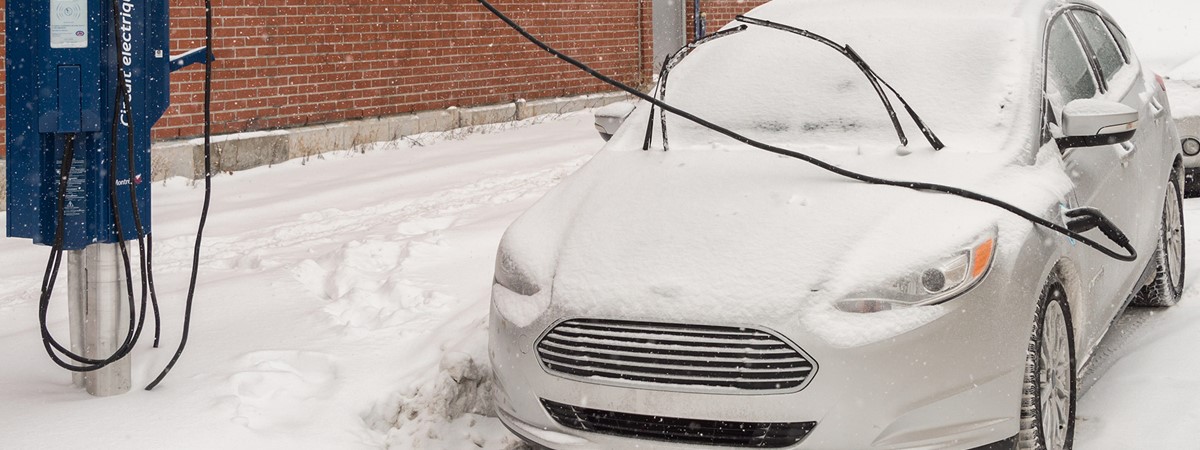[ad_1]

With global sales of EVs soaring in 2019 to nearly double the previous year, German automaker Volkswagen has warned that owners of new vehicles may be caught unawares as temperatures drop.
Range
In the depths of winter, range can reduce by up to 50 per cent from a cold start, although in typical use it’s more likely to be around 20-30 per cent. Making lots of shorter trips has an especially deleterious impact on battery performance as the vehicle has a chance to cool down between trips.
While traditionally powered petrol or diesel cars can use waste heat from the engine to heat the passenger cabin, electric batteries do not create this heat. Additional battery power is therefore needed to do so, and in extreme conditions this can reduce range by as much as 30 per cent.
Batteries also need to be kept warm whilst driving and some energy will be used purely to keep the battery at operating temperature.
Charging
Rapid charging is also impacted by the weather as a colder battery cannot be charged as quickly as a warm one. This means charging times may be longer on winter journeys, which drivers need to be aware of when planning an early morning start.
A ‘cold-soaked’ battery may not charge at all until it is warmed up by the charger, but there are ways to avoid this.
Braking
Regenerative braking can also reduce in cold weather, because this is also linked to battery temperature and charging. This means the car may feel different to drive in cold weather, requiring more manual braking from the driver as the effectiveness of regenerative braking is often reduced.
Image credit: Dreamstime

Mike Coulton, an EV consultant with Volkswagen Financial Services’ Fleet division has offered tips on how best to mitigate these issues.
Smart charging
If you know what time you’re leaving in the morning, make sure your overnight charge finishes as close to this time as possible. This will mean the battery will be warmer because of the charging activity, so you won’t lose (as much) range by the vehicle having to warm the battery from its own energy reserves. You should also feel more regenerative braking as a result, which is good for range.
Pre-conditioning
This is where you pre-heat the car prior to setting off, but from the mains electricity supply (whilst charging) rather than by using the battery. Another benefit is you’ll never have to scrape your windscreen again – pre-heating the car’s cabin also defrosts all the windows. On some vehicles you can remotely turn on the heated seats, steering wheel and windscreen demister too.
Heat management:
It is much more efficient to use the heated seats and steering wheel than it is to heat all the air in the cabin. Therefore, to maximise range in cold weather, it’s recommended that you pre-heat the cabin whilst the vehicle is plugged in and charging to a nice warm temperature, then when you get in turn the cabin heater down 1-2°C and use the heated seats/steering wheel/etc. to maintain a comfortable temperature for the driver and passengers.
This is particularly important if you do find yourself low on charge due to the above and need to maximise your range to get to a chargepoint. Many EVs also have an ‘ECO’ or ‘ECO+’ mode which will automatically reduce the effectiveness of the air con and heating systems in order to maximise range.
[ad_2]
Source link
2020-02-17 12:17:08
Jack Loughran
[author_name]:author name
https://eandt.theiet.org/content/articles/2020/02/how-to-stop-cold-weather-decimating-the-range-of-your-electric-vehicle/
https://eandt.theiet.org/content/articles/2020/02/how-to-stop-cold-weather-decimating-the-range-of-your-electric-vehicle/
eandt.theiet.org





0 Comments